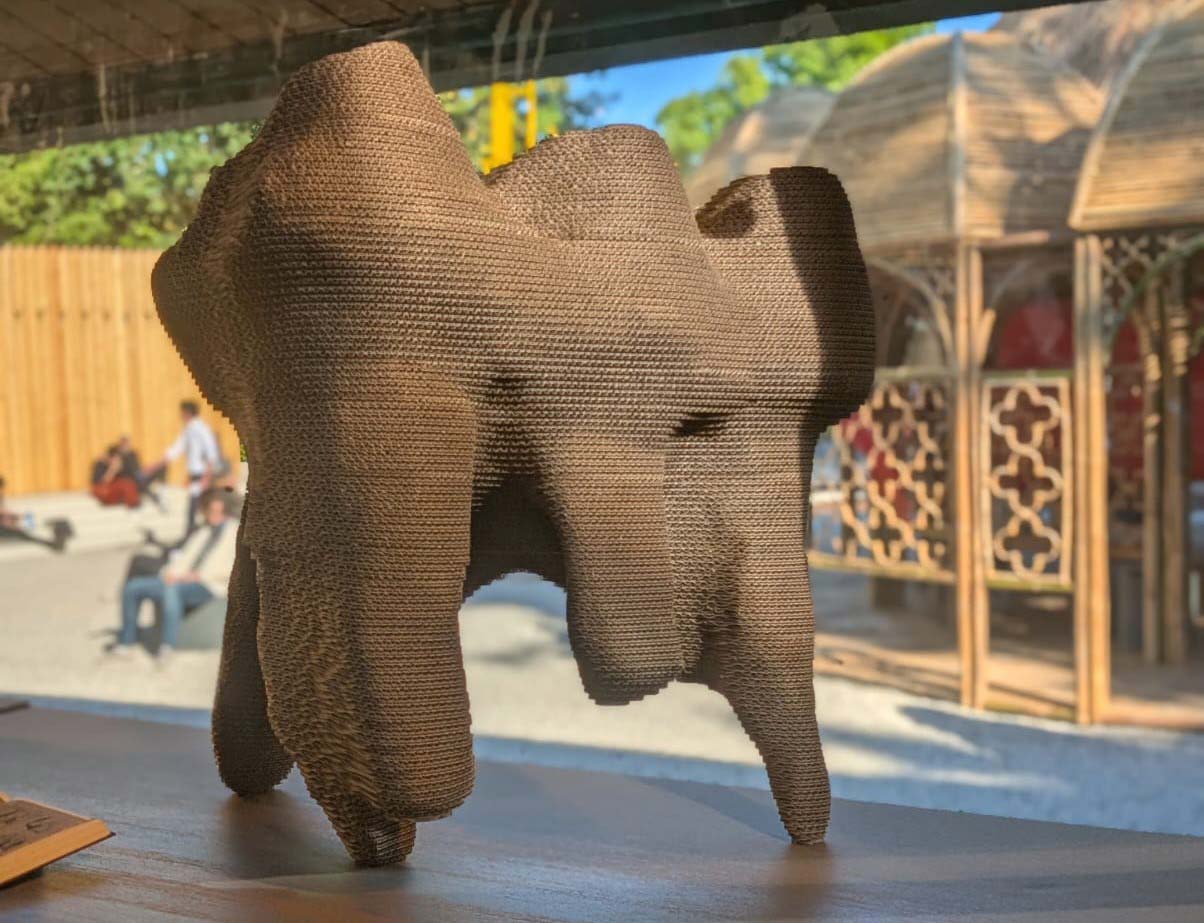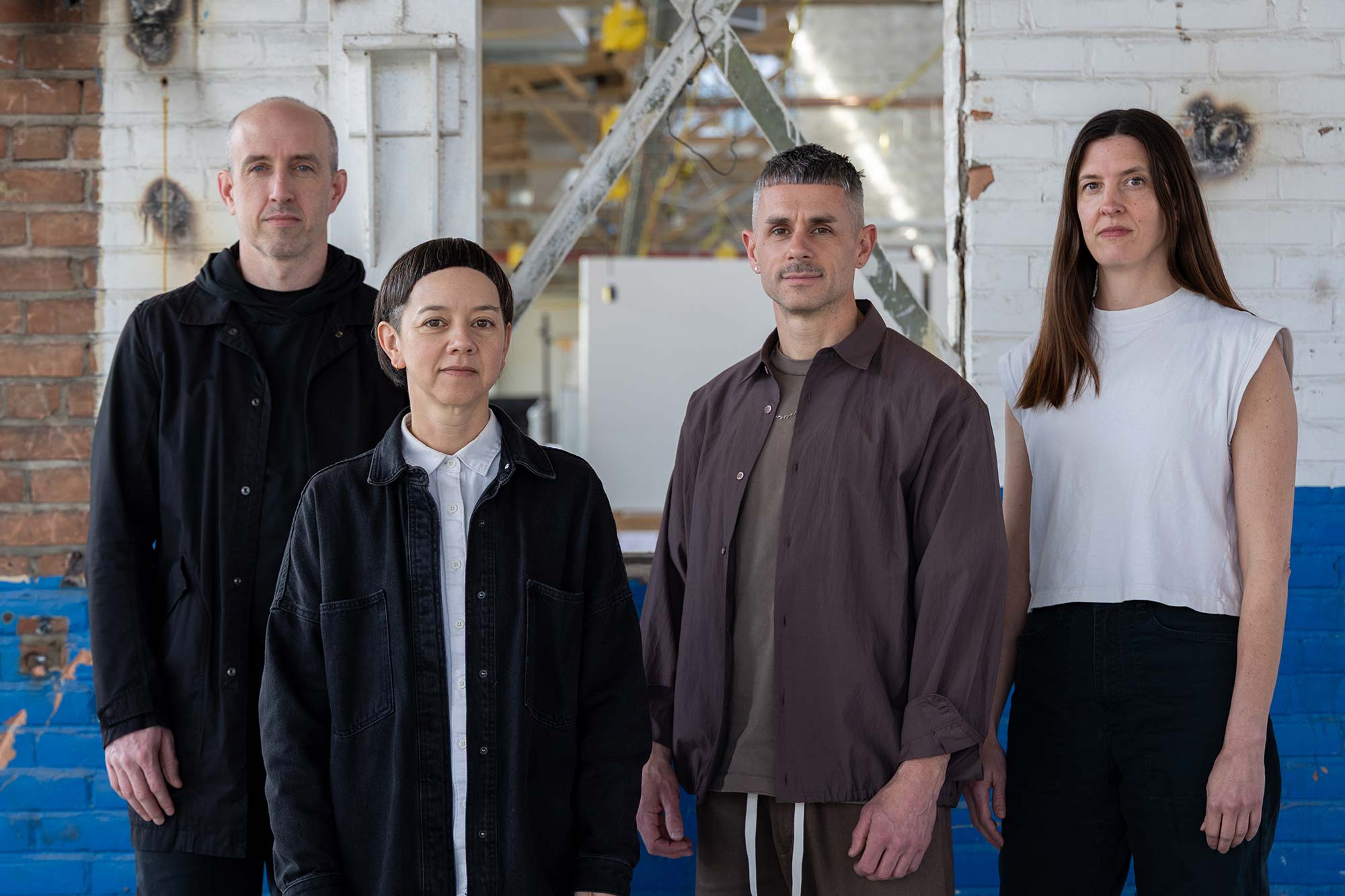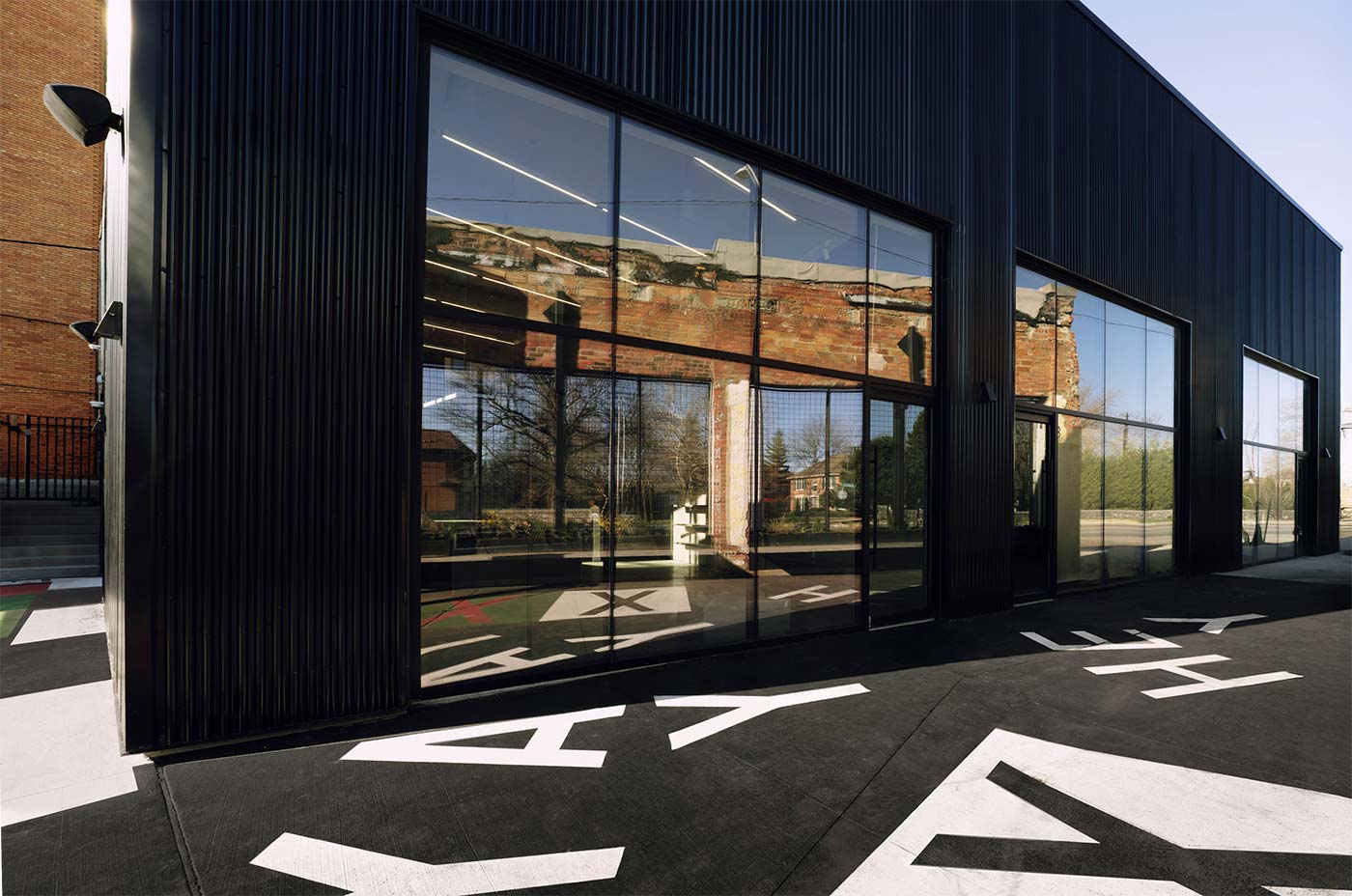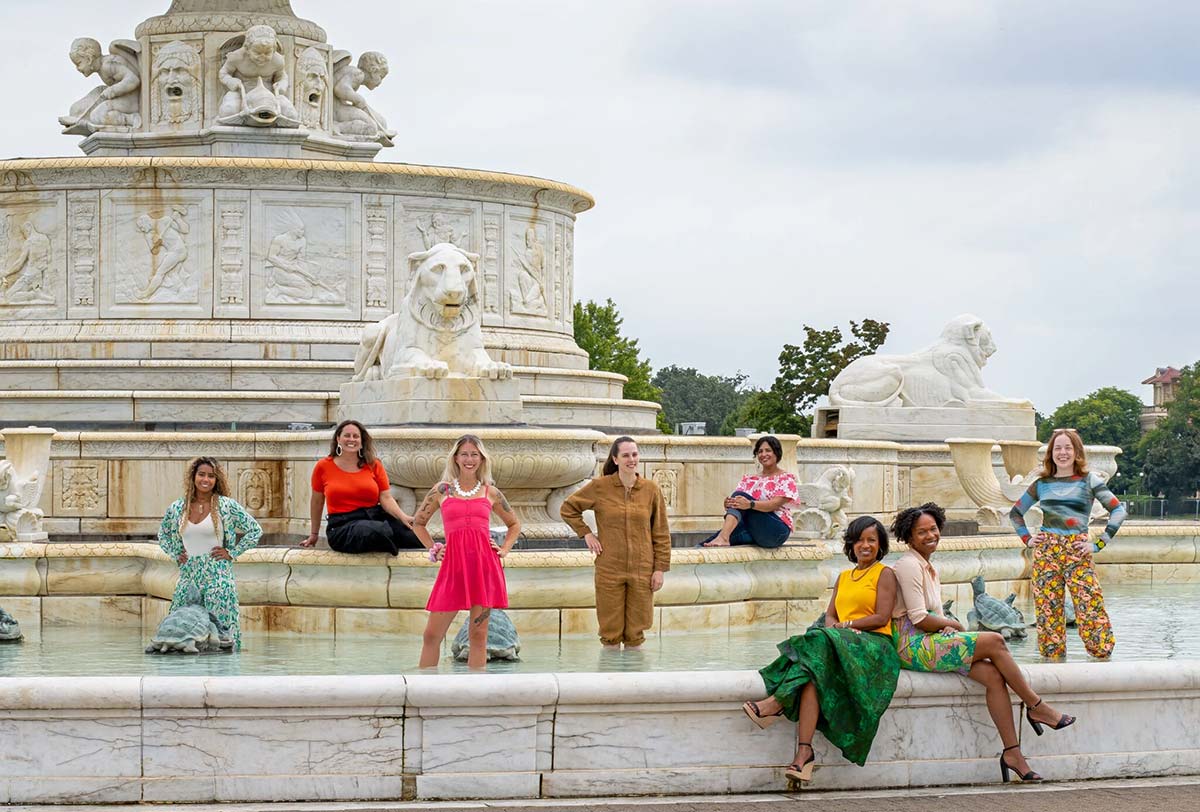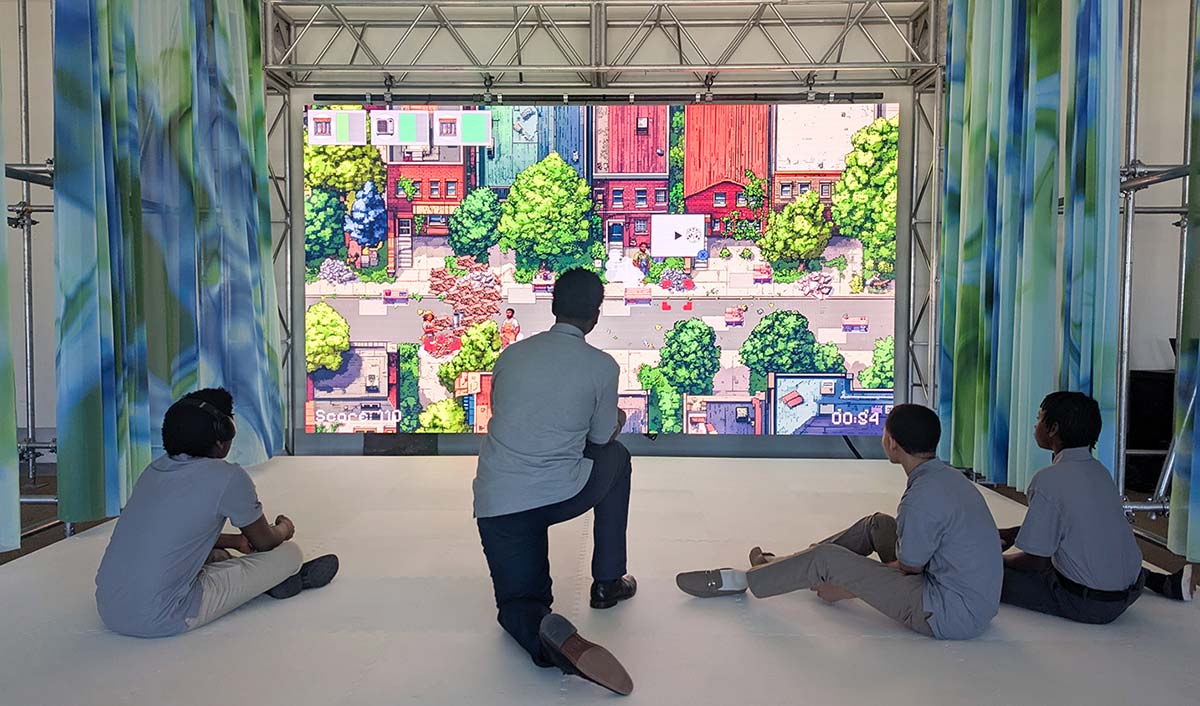
Detroit at Play: Co-Designing Architecture Video Games with Detroit Youth
Creating video games as a tool for reimagining urban futures is one goal of Detroit at Play, a participatory design series co-led by Taubman College faculty in partnership with Diversity in Design Collaborative and the Boys and Girls Clubs of Southeastern Michigan. Organized around a sequence of game design workshops with local students, the project culminated in an exhibition at Newlab Detroit on April 12th and 13th, 2025.
The project is funded by the Arts Research Incubation and Acceleration program. It is led by Jose Sanchez, associate professor of architecture; Ishan Pal Singh, lecturer and director of the Taubman Visualization Lab; Torri Smith, M.Arch ’21, lecturer and designer; and Salam Rida, M.Arch ’17, lecturer and designer.
Detroit at Play hosted a series of collaborative game design workshops at the Boys and Girls Club, which facilitated access for local high school students in the city. Students used an open-source framework for video game design that was taught and utilized to develop video game installations themed around students’ interests, focusing on the city of Detroit as a setting.
By working with Taubman faculty, students were able to develop games that prioritized executing complex tasks as a team. The games, developed in two months, are intended to be a first prototype that students can develop further. By mixing hand-drawn elements with AI-generated images, students were able to quickly prototype and offer a playable version of their game for the exhibition at Newlab.
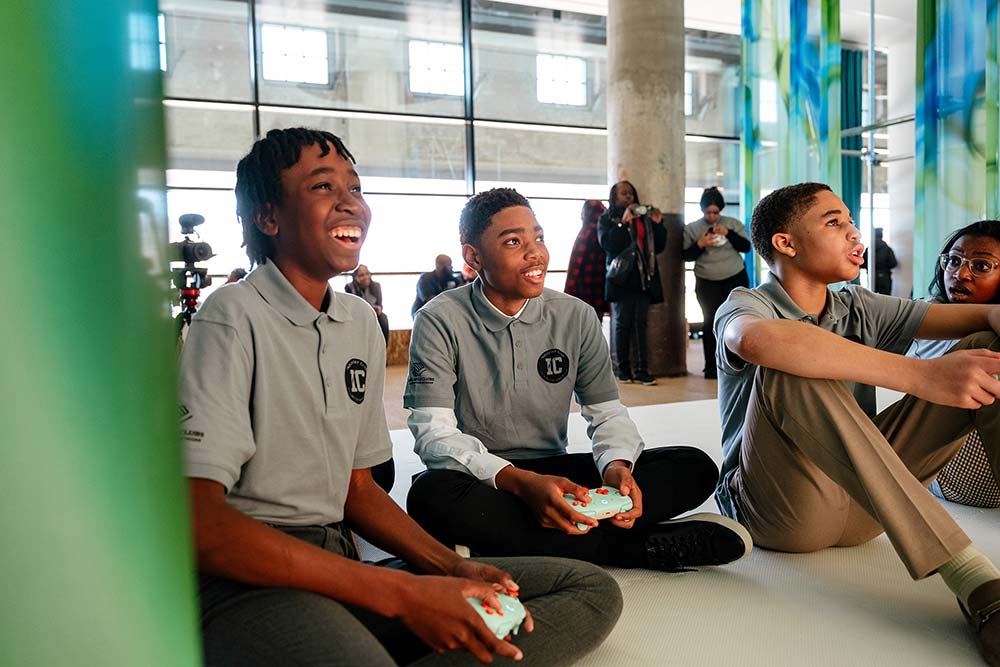
Detroit youth play video games they designed at the exhibition, hosted at Newlab Detroit © Nick Hagen
The architectural design of the exhibition aims to define a new social playground for community encounters. Visitors were invited to play four games live, which were designed as collaborative multiplayer experiences, and work together to achieve a range of goals.
“This exhibition space was never meant to just display games — it was designed as a platform, quite literally, for participation,” said Singh. “Play becomes a form of spatial ritual, and in that act, architecture becomes less about form and more about dialogue.”
The exhibition also featured a documentary filmed by Stephen Ewing, which captures the students’ creative journey and workshop process over two months.
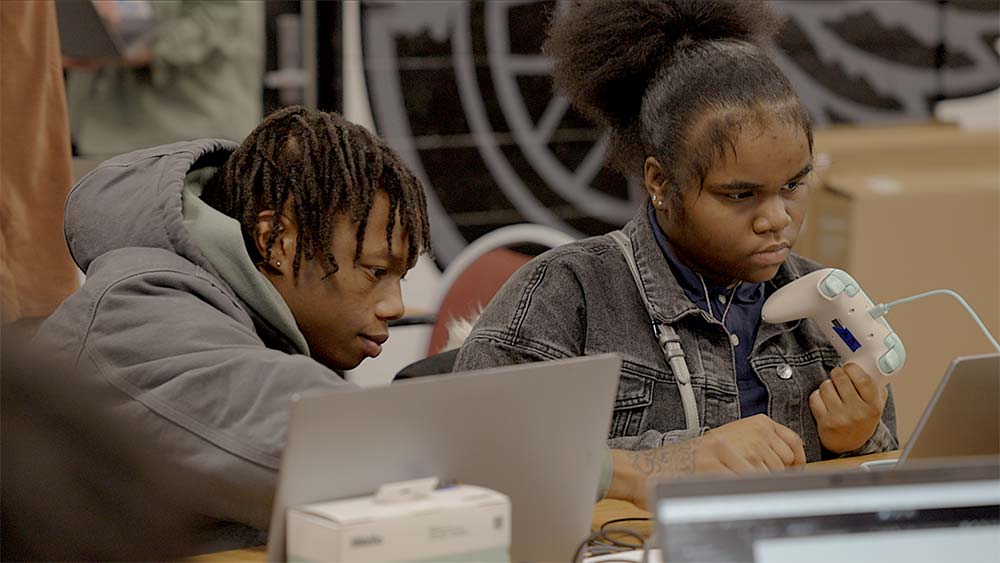
Students design video games during the workshop series, with support from faculty and graduate student instructors © Stephen Ewing
With an emphasis on solidarity, resilience, and care, each of the games is themed around the culture and identity of Detroit, and students were encouraged to design simulations influenced by their own experiences.
“Detroit at Play is about reclaiming authorship,” said Rida. “Too often, Detroit youth are spoken about, not listened to. These students are translating their experiences of growing up in the city into digital worlds that reflect resilience, joy, struggle, and imagination. This project illustrates how we create more meaningful, more impactful design by centering local narratives.”
The games developed by students are:
- “Art Alley” – develop urban murals to grow the sense of identity in your neighborhood.
- Team: Emanuel Henry, Decarla Mitchell, Tyler Payne
- “Junkyard Mayhem” – utilize material salvage to repair neighborhood homes.
- Team: Devaughn Washington, Devin Cook, Kareem Schick
- “Let’s Dance” – build a crowd by staying on the beat, inspired by the Hip-Hop and Jazz scene of Detroit.
- Team: Isyss Christerfield, Journie Taylor, Jamar Leftwich
- “Detroit Custom Prize” – repair cars and manage a system to effectively stay ahead of the community’s needs.
- Team: Spring Porter, Jada Blanks, Tyson Seay, Lauren Singleton





